Introduction: In a sublease, generally stated subtenants would prefer: (1) below market rents; (2) pre-built office, industrial or retail space without the necessity of large capital expenditures; (3) the potential inclusion of modern phone, furniture, and modular workstation systems, not to mention filing cabinets, chairs and other personal property at little or no cost to the subtenant; and to some; (4) the “flexibility” that comes with a short-term “plug and play, move in with your toothbrush” type of deal.
However, when it comes to a “tenant turned sublandlord,” what may be good for the subtenant is generally not good for the tenant/sublandlord. Although there are a number of different ways to reduce a tenant/sublandlord’s exposure, please know that the four primary ways of lowering such exposure include:
- Subletting a tenant’s excess space;
- buying out the remaining term of the lease;
- hoping that the tenant’s landlord will recapture its space, which very well may be achieved by finding a financially attractive potential long-term tenant to hand deliver to the landlord; or
- writing off the remaining term of the lease.
Subtenant Advocates: When negotiating the landlord’s consent to a sublease agreement, the subtenant’s attorney should attempt to have language included in the document providing not only the subtenant notice of a sublandlord default, but the right to cure it.
Sublease Risk and the Over-Lease Being Terminated: Another subleasing risk is that a sublease will generally terminate if the over-lease between the landlord and the sublandlord as tenant is terminated.
Subtenant Advocates: Attempt to mitigate against the risk of a sublandlord default leading to potential lease termination by attempting to secure a non-disturbance and attornment agreement (“NDA”) from the landlord of the building allowing the subtenant’s occupancy to remain undisturbed despite the sublandlord’s uncured default. Unfortunately, securing a NDA in this set of circumstances is generally not the norm, as rarely are they granted except to those subtenants of major standing. In addition, please also note that securing an NDA for the subtenant would generally require the subtenant to pay the entire rent called for in the lease, and not the below market rent that may be provided for in the sublease.
Sublease Risk and a Subtenant’s Security Deposit: When a sub-landlord collapses financially, a subtenant’s security deposit may very well be lost along with the right to its space.
Subtenant Advocates: Proactive and preventative damage control, in the event of a sub-landlord default, is imperative when negotiating a sublease! Whether or not a subtenant is successful in securing a landlord non disturbance and attornment agreement (“NDA”) during the sublet consent process, a subtenant should in lieu of posting a cash security deposit, subtenants should (despite the additional cost), insist on delivering to its sublandlord a letter of credit escrow (as generally stated a cash security deposit held by its sublandlord will be subject to the risk of the sublandlord’s bankruptcy).
Sublease Risk and a Subtenant’s Lack of Privity with Landlord:
Given a subtenant’s lack of privity (meaning a direct relationship) with the Prime Landlord, a Subtenant Advocate should among other things, consider inserting the following language: “In the event Subtenant requires additional services from the Prime-Landlord, Sublandlord agrees that Subtenant may request such additional services directly from Prime-Landlord or its managing agent (“Subtenant Required Additional Services”), provided that (1) the cost for such Subtenant Required Additional Services does not exceed the sum of [$2,000.00] per month in the aggregate, (2) Subtenant provides written notice of such request to Sublandlord for any Subtenant Required Additional Services request made to Prime-Landlord or its managing agent and pays Prime-Landlord directly for such Subtenant Required Additional Services, (3) Subtenant provides Subalndlord written proof of such payment to Prime-Landlord any such Subtenant Required Additional Services and (4) the failure of Subtenant to comply with any of the foregoing shall be considered a material default under this Sublease by Subtenant.”
Sublease Risk and a Landlord’s Consent:
Tenant (and by association Subtenant) Advocates: A landlord should never be allowed to unreasonably withhold, condition or delay its consent and tenant advocates should fight for this right if it is not already included in the initial draft of the lease.
Prime-Landlord Counteraction: In order to counter restrictions to the Prime-Landlord’s ability to consent to a sublease, Prime-Landlords should attempt to include the following provisions:
- A potential sublessee can’t be an occupant of the building, or in many cases an occupant of another building owned by landlord in some poorly negotiated leases. They also can’t be negotiating with the Prime-Landlord for other space in the building.
- The space can’t be advertised or even subleased for an amount less than the lower of the rental called for in the lease or the fair market value.
- The tenant can’t approach Prime-Landlord for Prime-Landlord’s consent to a potential sublet if they are then in default under their lease.
- A right of recapture allowing the landlord to terminate the lease and take back the tenant’s space but also lets the tenant off the hook under the lease financially speaking subsequent to the surrender of the tenant’s space.
- Add the following language to Over-Landlord’s Consent Document and/or the Lease: “Any usage of the Sublet Premises and allowable use of any other portion of the Demised Premises by any permitted occupant of the Subtenant (“Permitted Occupant”) shall be subject to all of the terms and provisions of the Prime Lease and this Sublease. Any sublease including this sublease and any agreement between Subtenant and any Permitted Occupant not employed by Subtenant must provide that the Subtenant and any Permitted Occupant have no privity of contract with the Prime Landlord (and the Permitted Occupant no privity with the Sublandlord), (ii) the agreement with the Permitted Occupant is in all respects subordinate to this Sublease, the Prime Lease and all mortgages and other superior items referred to in the Prime Lease, (iii) Prime Landlord, Prime Landlord’s managing agent and Sublandlord shall be named as additional insured under such Subtenant’s insurance policy with regard to the Sublet Premises (and Prime Landlord, Prime Landlord’s managing agent, Sublandlord and Subtenant shall be named as additional insured under such Permitted Occupant’s insurance policy with regard to the Sublet Premises and that Subtenant indemnifies Prime Landlord, Prime Landlord’s managing agent and Sublandlord (and Permitted Occupant indemnifies Prime Landlord, Prime Landlord’s managing agent, Sublandlord and Subtenant for any and all costs, losses, damages and expenses of any kind or nature, (iv) the Subtenant and Permitted Occupant agree therein that they have no possessory rights of any kind in the Sublet Premises, Demised Premises or Building and (v) a copy of the executed agreement is given to the Sublandlord prior to the effective date thereof.”
- Add significant use restriction provisions to the Lease.
Other Key Considerations for Tenants:
- Consider a landlord’s right to participate in the profits a tenant will receive from subleasing its space, whether that percentage is one hundred percent (100%) or the more common fifty percent (50%), what expenses are allowable in calculating the net profit, whether the expenses are netted up front against any profit or amortized over the sublease term, and lastly, whether they are paid to a landlord up front or as any tenant generally will prefer, “as and when received.”
- Some leases are drafted to not allow for a partial sublet (should be a non-starter if you are a tenant when reviewing an initial draft of a lease).
- The “Melting Ice Cube Theory” – A tenant turned sublandlord remains on the hook financially when it sublets its space, emphasizing the need for subtenant advocates to conduct due diligence on a potential subtenant.
- The sublandlord would be stuck with a diminishing asset (known to some as a “melting ice cube”) in a lease for a space with a short term remaining which won’t be easy to sublease again without taking a major haircut!
- Most well drafted sublease and assignment clauses will not allow the subtenant (or assignee) to exercise a tenant’s renewal rights under the lease though the tenant should try to negotiate for it.

